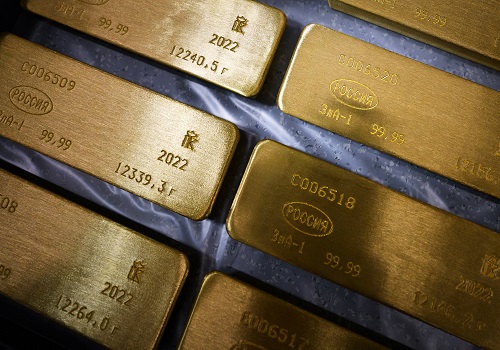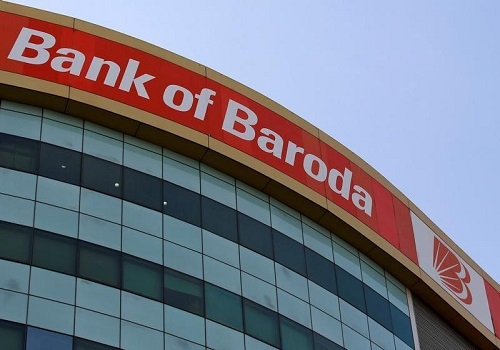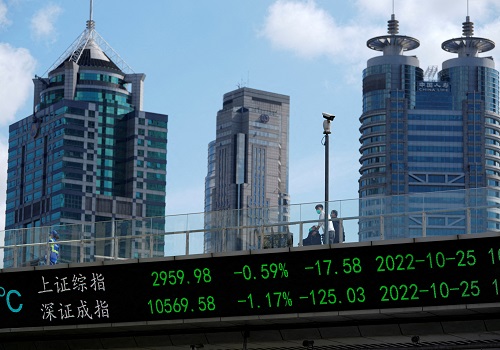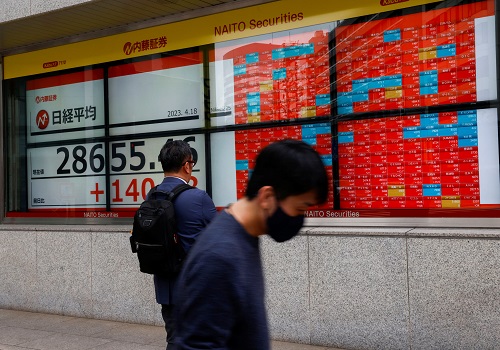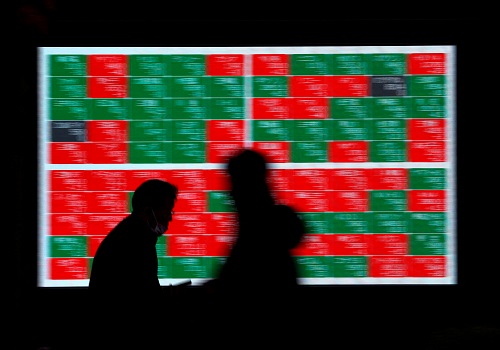Asia shares rise while oil falls on China COVID outlook
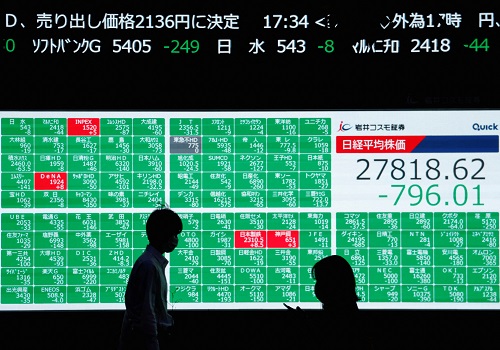
Follow us Now on Telegram ! Get daily 10 - 12 important updates on Business, Finance and Investment. Join our Telegram Channel
Asian share markets were higher on Tuesday and oil was weaker as investors sought to digest the economic implications of China's COVID-19 policy adjustments and a rescue package for the country's struggling property sector.
MSCI's broadest index of Asia-Pacific shares outside Japan was up 2%, following mild losses for U.S. shares overnight.
Australian shares lost 0.07%, while Japan's Nikkei stock index was up 0.18% after initially trading in negative territory.
In Hong Kong, the Hang Seng Index surged 4% while China's CSI300 Index reversed an earlier weaker start to be up by 1.77%. In a remarkable bounce, the Hang Seng index is up nearly 25% for the month while the CSI300 has gained 10% in that time.
Some Chinese cities have begun cutting routine community testing, days after China announced an easing of some of its heavy-handed coronavirus measures. At the same time, however, COVID case numbers in the country have grown.
"Investors are buying first and then asking questions later," Jack Siu, China chief investment officer at Credit Suisse, said, referring to the bounce in Hong Kong and mainland stocks.
However, he cautioned, "while the COVID changes and housing package will alleviate some of the downside risks, it won't be enough to meaningfully boost Chinese economic growth yet."
The Hong Kong and Chinese stock bounce came after U.S President Joe Biden and China's President Xi Jinping held a three-hour meeting on Monday in Bali on the sidelines of the G20 gathering. The two countries' pledge of more frequent communications was welcomed by investors.
In early European trades, the pan-region Euro Stoxx 50 futures were up 0.21% at 3,892, German DAX futures were 0.09% higher at 14,338 and FTSE futures were down 0.18% at 7,379.
U.S. stock futures, the S&P 500 e-minis, were up 0.48% at 3,985.
Chinese data out on Tuesday was also not encouraging but did little to quell the stockmarket bounce.
Industrial output rose in October was up 5.0% on a year earlier, slowing from the 6.3% annual pace seen in September, while retail sales fell 0.5%, the first drop since May, when Shanghai was under a city-wide lockdown. Analysts had expected retail sales to rise 1.0%.
In contrast to stocks, oil dropped on that fears China could impose further lockdowns in some cities. U.S. crude fell 0.43% to $85.43 a barrel while Brent crude slipped 0.2% to $92.81.
China reported 17,909 new COVID-19 infections on Nov. 14, compared with 16,203 a day earlier.
"Surging case numbers continue to be a key downside risk. Another round of lockdowns cannot be ruled out if cases keep rising," ANZ economists said on Tuesday.
In Asian hours, Bitcoin rose 1.1% to $16,593. U.S regulators opened probes into the collapse of crypto exchange FTX while other major crypto exchanges have rushed to assure investors of their stability in the FTX fallout. Bitcoin remains down 64.2% so far in 2022.
Inflation in the United States remains at the top of the minds of many global investors, who are waiting for producer price index data later on Tuesday.
The dollar rose 0.25% against the yen to 140.23 . It is still some distance from its high this year of 151.94 on Oct. 21.
The euro was flat at $1.0329, having gained 4.51% in a month, while the dollar index, which tracks the greenback against a basket of currencies of other major trading partners, was slightly down at 106.85.
Yields on benchmark 10-year Treasury notes rose to 3.8761%, compared with the U.S. close of 3.867% on Monday.
The two-year yield, which rises with traders' expectations of higher Fed fund rates, touched 4.3972%, compared with a U.S. close of 4.408%.
After a weaker start, gold gained some ground with the spot price trading at $1,772.67 per ounce.















